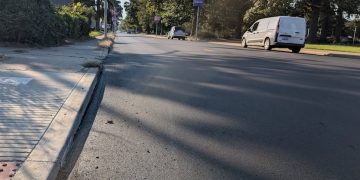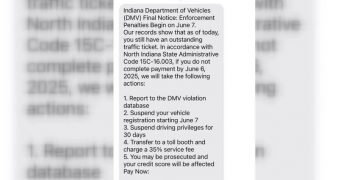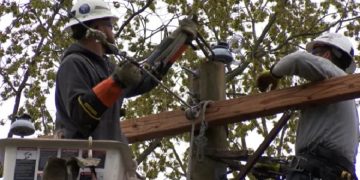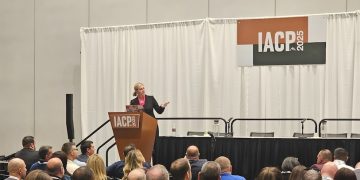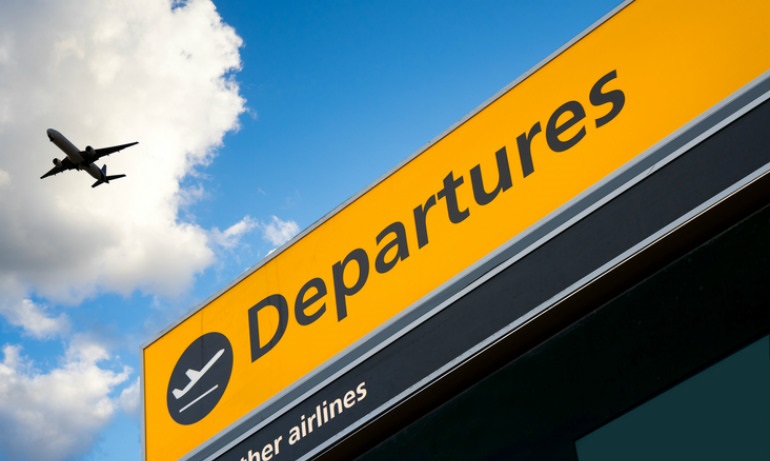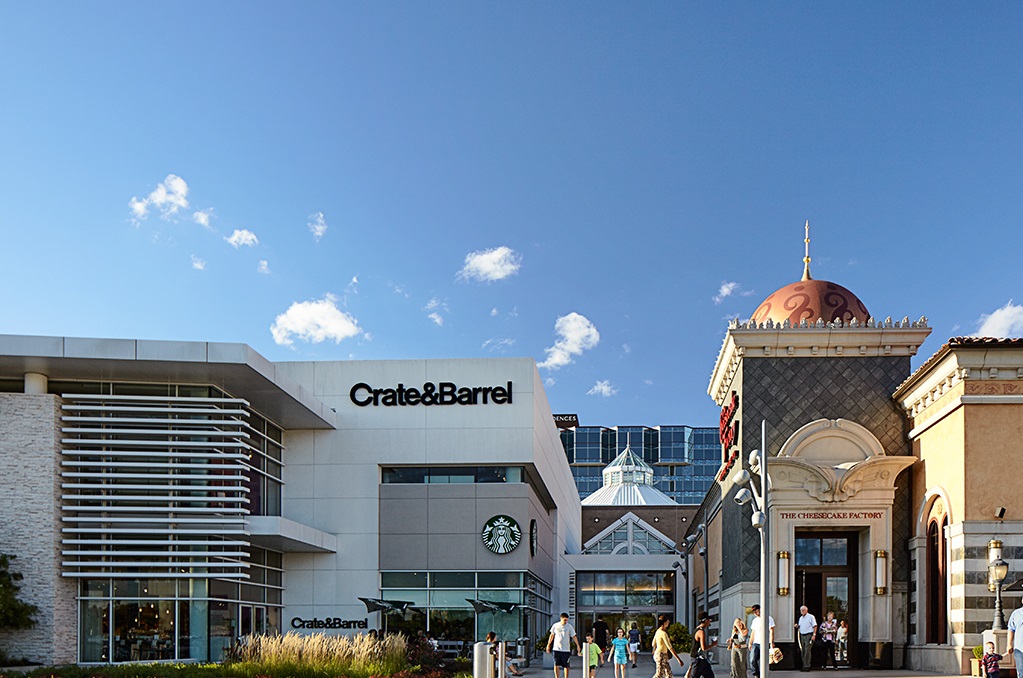BLOOMINGTON – Bloomington Mayor John Hamilton announced in coordination with City Council leadership that the city annexation process underway four years ago is scheduled to resume in early May.
The City was in the middle of a months-long annexation process, heading for more public discussion and ultimately a council vote, when the state legislature unconstitutionally ordered action halted in April 2017.
Resuming the extensive public process from the point it was illegally interrupted will proceed by May 5, when revised and updated fiscal plans for the potential annexation areas are expected to be distributed.
The City Council is scheduled to review the updated fiscal plans on May 12. After adoption, the public process would continue with sending formal notice to current property owners, additional public hearings to review and evaluate potential boundaries, and a City Council vote to approve and/or amend the annexation ordinances which is anticipated in September. The process will offer continued opportunities for re-evaluation based on public input, new information, and additional review.
Bloomington Mayor John Hamilton:
“We were in the middle of an extensive public conversation reviewing our city boundaries four years ago, when our local process was hijacked mid-stream by an illegal overreach of state politicians,” said Hamilton. “Now we can resume that local public process to consider and discuss appropriate boundaries, in light of nearly 20 years of growth, to assure optimal services to our residents and an ongoing vibrant, viable community.”
“The annexation process is an important step of defining the future growth of our community and I expect the Council will have a meaningful dialogue along with robust community input on the annexation legislation,” said Council President Jim Sims. “As our population increases it is prudent that we regularly reassess Bloomington’s boundaries in the interest of maintaining the health of the greater collective community at large for the long term.”
Bloomington has regularly annexed property to keep pace with increases in population and development, with city boundaries continually expanding in its history through hundreds of annexations until 2004. But with no significant annexation since then, the city limits no longer correspond to the developed extent of the community, which has seen substantial growth outside the existing boundaries during that time.
The current annexation process began in February of 2017 when Mayor Hamilton announced the City’s plans and proposed potential boundaries to be reviewed and considered by the City Council. On March 29, 2017, pursuant to the required legal process, the City Council introduced the annexation ordinances and adopted corresponding fiscal plans. Six public outreach sessions were held and notice of the public hearings mailed to every affected property owner. On April 21, 2017, the Indiana legislature passed and the Governor soon signed a law that illegally terminated Bloomington’s annexation. The City sued the State of Indiana and prevailed at the trial court and the Indiana Supreme Court, which issued a decision on December 15, 2020 holding that the law preventing Bloomington’s annexation efforts was unconstitutional special legislation that targeted only Bloomington.
Annexation is a state-defined procedure for bringing unincorporated areas of a county into an adjacent incorporated city or town. Annexation allows for the long-term planning necessary to accommodate a growing community and to facilitate the planning, budgeting, and delivery of services and infrastructure.
Areas annexed into Bloomington receive enhanced services including policing, trash and recycling curbside collection, street and sidewalk/path construction and maintenance, stormwater management, access to Bloomington Transit, safety inspections for rental housing, neighborhood grants, trails, playgrounds and parks, and more. Sewer service may be offered to those not already receiving it, if feasible. Those areas already receiving sewer services will experience an average reduction of 12 percent in their rates.
City residents are eligible to vote in both county and city elections, to be elected to county or city offices, and to serve on a variety of appointed boards and commissions.
“Bloomington’s long-term social and economic success is critical for the success of our entire region,” said Hamilton. “We are all in this together. All of us in city government look forward to continued discussions with and ideas from our county and local government colleagues, and from residents in the region, and employers and nonprofits and other institutions.”
The City website will offer for review the updated fiscal plans when completed, the maps of the areas proposed for potential annexation, maps of Bloomington’s changing corporate limits over time, a projected timeline of the annexation process, a comment form, frequently asked questions, and other resources.
The process for the City to consider approving the annexations could be completed in 2021. The current annexation ordinances will likely be amended to provide that annexed land would become part of the City as of January 1, 2024.















